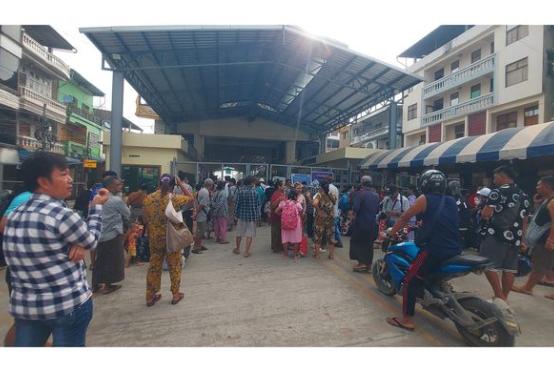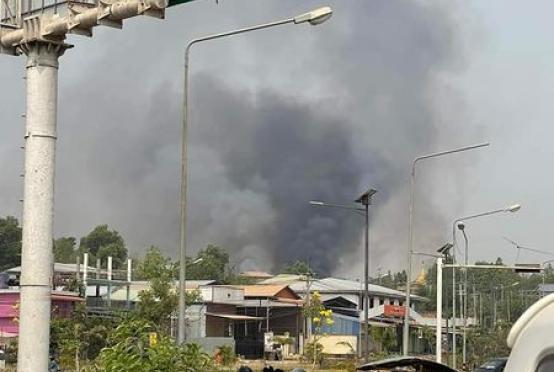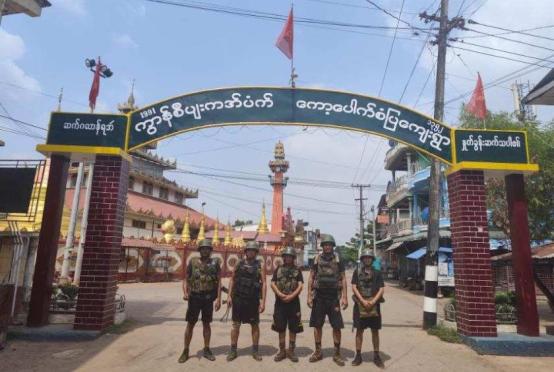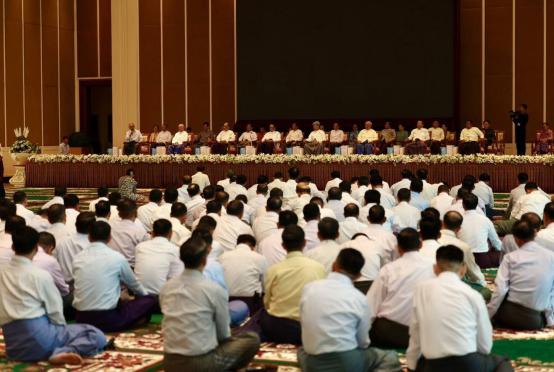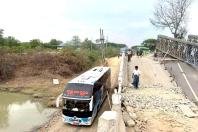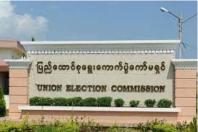Majority of Rakhine nationals living in Kachin State are there as they were victims of devastating storms and are also affected by the sluggish economy, according to leaders of Rakhine national literature and culture group and migrant people.
"Three storms after 2010 severely affected the livelihoods of Rakhine nationals. The Giri cyclone, in October in Myay Pon and Kyauk Phyu, Mahase in 2013 which was indirectly, and Komen cyclone in 2015 from July 25 to August 2. As the intensity of these storms were great, there were many people affected by these cyclones. The entire world is suffering as a result of climate change but those living near the Bay of Bengal had suffered most," said Tun Aye, director of Rakhine State DMH.
"More than 3300,000 living in Rakhine State and majority of them are farmers and fishermen. As the government couldn't maintain the livelihood of locals, people are leaving Rakhine State,” according to MP Tun Thar Sein from Mrauk U Township Constituency (1).
"The main challenges faced are flooding, In every 100 households, only 5 households are in good financial shape. Many farmers are in debt. Since 2000, the number of migrants have increased. In 2015-2016, people suffered from widespread flooding. As the prices of rice was falling, they could not recover. Youths are leaving to find work in other places that in some villages, there are only women left. Funeral services are being carried out by only women," said MP Tun Thar Sein.
In Kachin State, there are about 300000 Rakhine nationals and most of them are working in Hpakant region, tissue banana plantation and tapioca plantation in Tanaing region.

